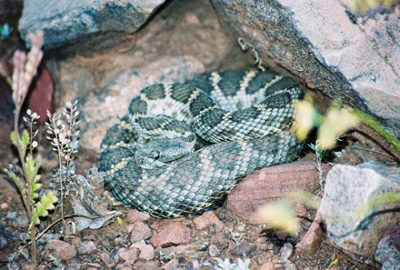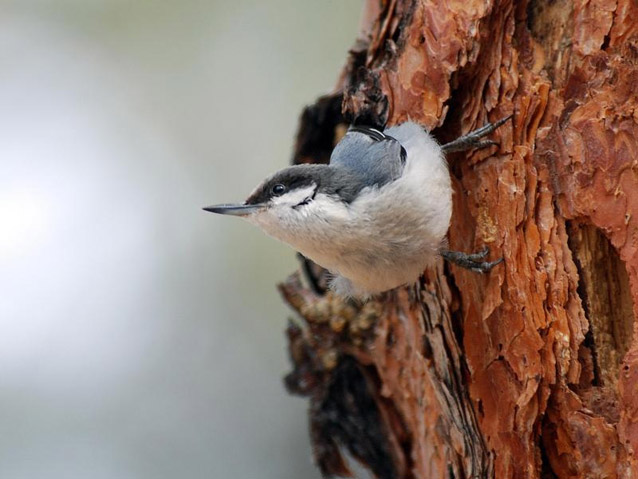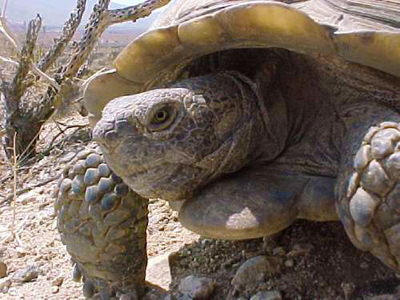Climate change models predict a warmer and drier southwestern United States, and land managers want to know how plants and animals may be affected by these changes. Scientists from the U.S. Geological Survey collaborated with university scientists in Arizona and New Mexico to model the effects of a changing climate on 12 southwestern bird and reptile species as a project of the National Climate Change and Wildlife Science Center.

Photo by A Madera, USFS
The modelling process involved several steps, beginning with developing conceptual models describing the ecology of each species. Based on these conceptual models, variables were identified to statistically model how each species’ range is predicted to change over time in response to different climate change scenarios. These variables included the effect of landscape conditions (topography and exposure to sunlight), plant species distributions, and climate (temperature and precipitation).

NPS Photo
Project results predict both range losses and gains, depending on species. While two of the bird species, the black-throated sparrow and the gray vireo, are predicted to expand their ranges, the remaining five face predicted range losses. These losses may be enough to move two species close to extinction within the next century: the Williamson’s sapsucker (Sphyrapicus thyroideus) and the pygmy nuthatch (Sitta pygmaea). Of the five reptile species analyzed, three species—relatively common at present—are predicted to lose over 40 percent of their ranges: plateau striped whiptail (Aspidoscelis velox), Arizona black rattlesnake (Crotalus cerberus), and the common lesser earless lizard (Holbrookia maculate). Only the Sonoran desert tortoise (Gopherus agassizii) may see its range expand.

USGS Photo
To share these results with land managers and others, the researchers are developing an innovative, interactive website application for viewing how ranges of the selected species are predicted to change in response to different model scenarios. The goal is for scientists, concerned citizens and wildlife managers to use the information proactively in addressing potential impacts of climate change on selected species.
Project Report
van Riper, C., III., Hatten, J.R., Giermakowski, J.T., Mattson, D., Holmes, J.A., Johnson, M.J., Nowak, E.M., Ironside, K., Peters, M., Heinrich, P., Cole, K.L., Truettner, C., and Schwalbe, C.R., 2014, Projecting climate effects on birds and reptiles of the Southwestern United States: U.S. Geological Survey Open-File Report 2014‒1050, 100 p., http://dx.doi.org/10.3133/ofr20141050.
Internet Links
National Climate Change and Wildlife Science Center.
Selected References
Bryan, Susan Montoya. 2014. Climate changes to result in bird, reptile shifts. The Big Story.
USGS. 2014. A Few Winners, But Many More Losers.
Prepared by Sonya Daw, Southern Colorado Plateau Network I&M Program, 2014.
Last updated: June 15, 2020
